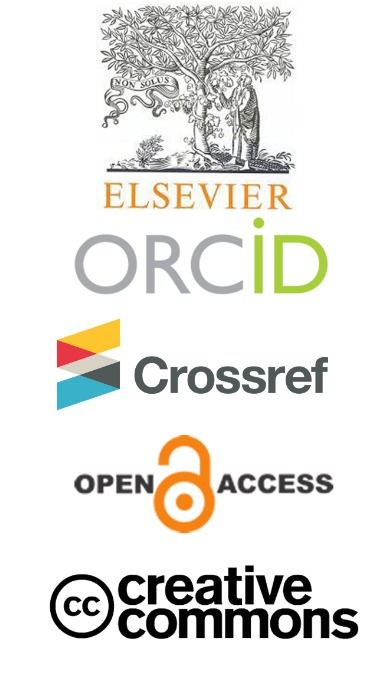Representation of Time: Interpretation of Theme in Selected Poems
Abstract
The concept of time is often addressed in literary works. The interpretation of the symbolic meaning of time is, therefore, crucial to the understanding of the theme, meanings, and underlying meanings behind the poet’s work as a whole. To understand the representation of time in poetry, three questions were addressed: What does time represent in the selected poems? How is the representation of time related to the theme of the poem? How is the representation of time and theme supported by the use of literary devices? Eight poems were examined in this analysis: King Solomon’s poem A Time for Everything, Robert Frost’s poem A Time to Talk; B. J. Morbitzer’s poem A Time to Believe; Isobel Thrilling’s poem Children in Wartime, Maya Angelou’s poem In and Out of Time, Carol Ann Duffy’s poems Mean Time and The Wound in Time; and John Milton’s poem On Time. The findings revealed that time is a symbol of these values in all selected poems: the absolute truth, eternity, the wonder of time, the value of friendship, and the meaning of life; love; hope and optimism; pacifism and the horrors of war; and childhood and anti-war sentiments. Numerous literary devices (namely assonance, alliteration, consonance, metaphors, personification, and symbols such as assonance, allusion, allegory, anaphora, alliteration, consonance, imagery, metaphor, and epigraphs) were used to refer to the symbolic representation of time and themes meaningfully.



